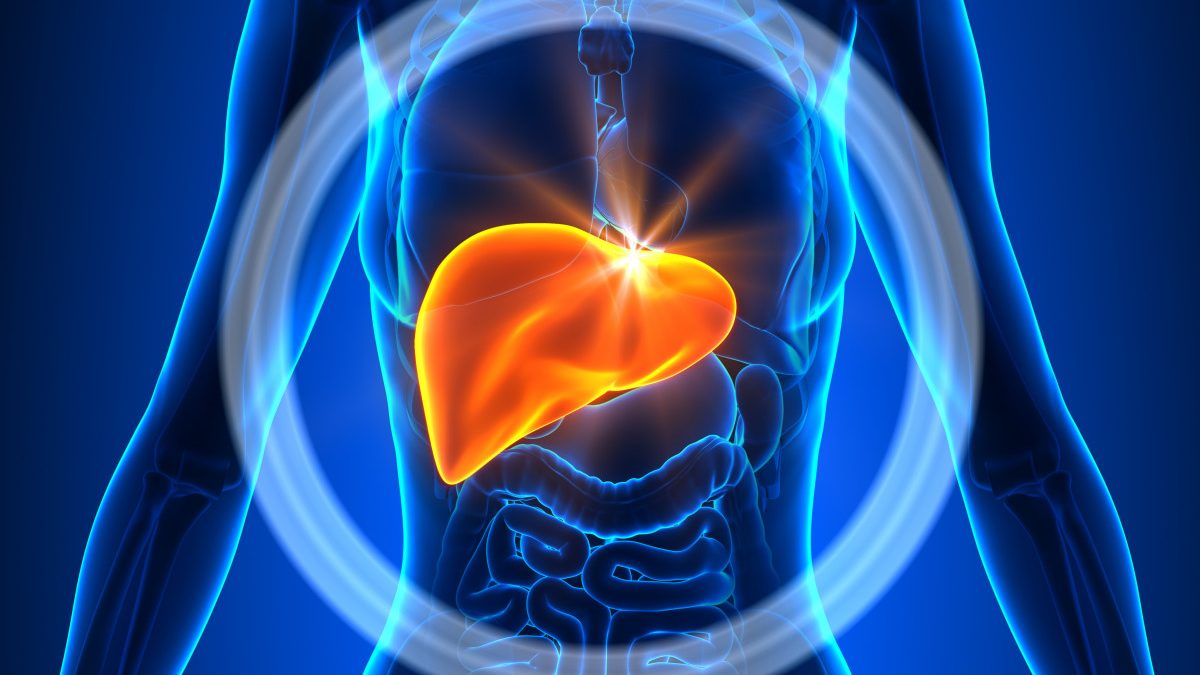Nerve, Kidney Damage Found to Predict AIP Liver Transplant Outcomes

A liver transplant is effective and is associated with high survival rates in people with acute intermittent porphyria (AIP), a study reports.
However, severe neuropathy, or nerve damage, and chronic kidney disease increase the risk of poor post-transplant outcomes, according to the study.
These findings draw attention to the need for early evaluation of liver transplants if other treatment options fail, the investigators said.
Titled “Liver Transplantation for Acute Intermittent Porphyria,” the study was published in the journal Liver Transplantation.
AIP is caused by a deficiency of a key enzyme to the production of heme, part of the oxygen-carrying protein hemoglobin. Patients typically experience recurrent AIP attacks, causing physiological, neurological, and psychiatric symptoms that impact their quality of life and put them at risk of long-term complications such as hypertension, neuropathy, and kidney disease. In fact, kidney impairment is reported in as many as 64% of patients with recurring attacks.
While current treatment options for AIP include regular heme infusions and the management of individual symptoms, the only available cure is a liver transplant. Delaying transplants in people with recurrent attacks may increase the risk of serious complications and poor post-transplant outcomes, according to scientists. Notably, however, few studies have analyzed AIP patient outcomes following a liver transplant.
Now, investigators in Europe sought to characterize the pre-transplant demographics, complications, and risk factors of AIP patients who received a liver transplant. In addition, the team evaluated these patients’ post-transplant outcomes. Data were collected from the European Liver Transplant Registry (ELTR) and from patient questionnaires sent to transplant and porphyria centers.
Included in the analysis were data from 38 patients — 34 (89%) of them women — at 21 centers across 12 countries who received transplants from 2002 to 2019. The patients had a median age of 27 at AIP onset, and the median time from the first AIP attack to liver transplant was 13 years. The median age at transplant was 37 years.
The most common reason for the transplant, in 33 out of 38 cases, was recurring AIP attacks.
Prior to transplant, 27 patients (87%) were experiencing recurrent AIP attacks, characterized as at least four attacks per year. A total of 23 patients (74%) reported more than 10 attacks per year. All but six individuals (94% of patients) were on heme treatment and 29% were on gonadotropin-releasing hormone therapy, commonly used to treat menstruation-related porphyria attacks.
At the time of transplant, 35 patients (93%) had neurological impairments such as impaired motor function and paresis — weakness or partial paralysis — while 23 patients (68%) had neuropathy, and 19 (51%) had renal damage. Other coexisting conditions included complications related to heme treatment, hypertension, opioid dependency, and recurrent infections.
Generally low scores were recorded for patients on a model of the severity of end-stage liver disease. On a scale of 6-40 (with 6 being low severity), the median score was 8, with 27 patients (71%) having scores up to 15, and six having higher score (19 and higher). Five patients (13%) received combined liver-kidney transplants.
Overall survival was 92% at one year after transplant, and 82% five years later, consistent with the survival rates of transplants for other diseases, as reported in the ELTR between 2002 and 2019.
As of the most recent follow-up, nine patients (24%) had died, with organ failure, pulmonary infection, and sepsis among reported causes. One individual who received a partial liver transplant experienced AIP attacks after the surgery.
Patients with severe neuropathy had a five-year survival rate of 83%, compared with 94% in those with moderate or no neuropathy at the time of the transplant. That finding suggested that severe neuropathy is a risk factor for mortality following a liver transplant, the team said.
The transplant type affected post-surgery mortality in patients with kidney impairments, the results showed. For 12 patients with kidney impairment pre-surgery who received only liver transplants, seven had stable or improving kidney function following the procedure while five had a decline in kidney function. All three patients with severe loss of kidney function experienced declining function after their transplant.
The survival rate at five years was 71% for patients with moderate to severe loss of kidney function who did not receive combined liver-kidney transplants. All five patients who did receive liver-kidney transplants were alive at the latest follow-up.
Of the 35 patients with neurological impairment pre-treatment, none experienced worsening symptoms following transplant. Those with severe mobility impairment and paresis pre-transplant, and with a younger age at AIP onset, were more likely to experience residual neuropathy.
Altogether, “AIP patients with recurrent attacks, signs of renal impairment and/or severe neuropathy, who do not respond to other therapeutic options, should therefore be considered for [liver transplant] … at an early stage, before AIP-related comorbidity is complex or severe,” the researchers wrote.
“Combined liver-kidney transplant should be considered if renal impairment is severe,” the wrote.
According to the investigators, the study is limited by the use of retrospective registry and questionnaire data based on medical records.






